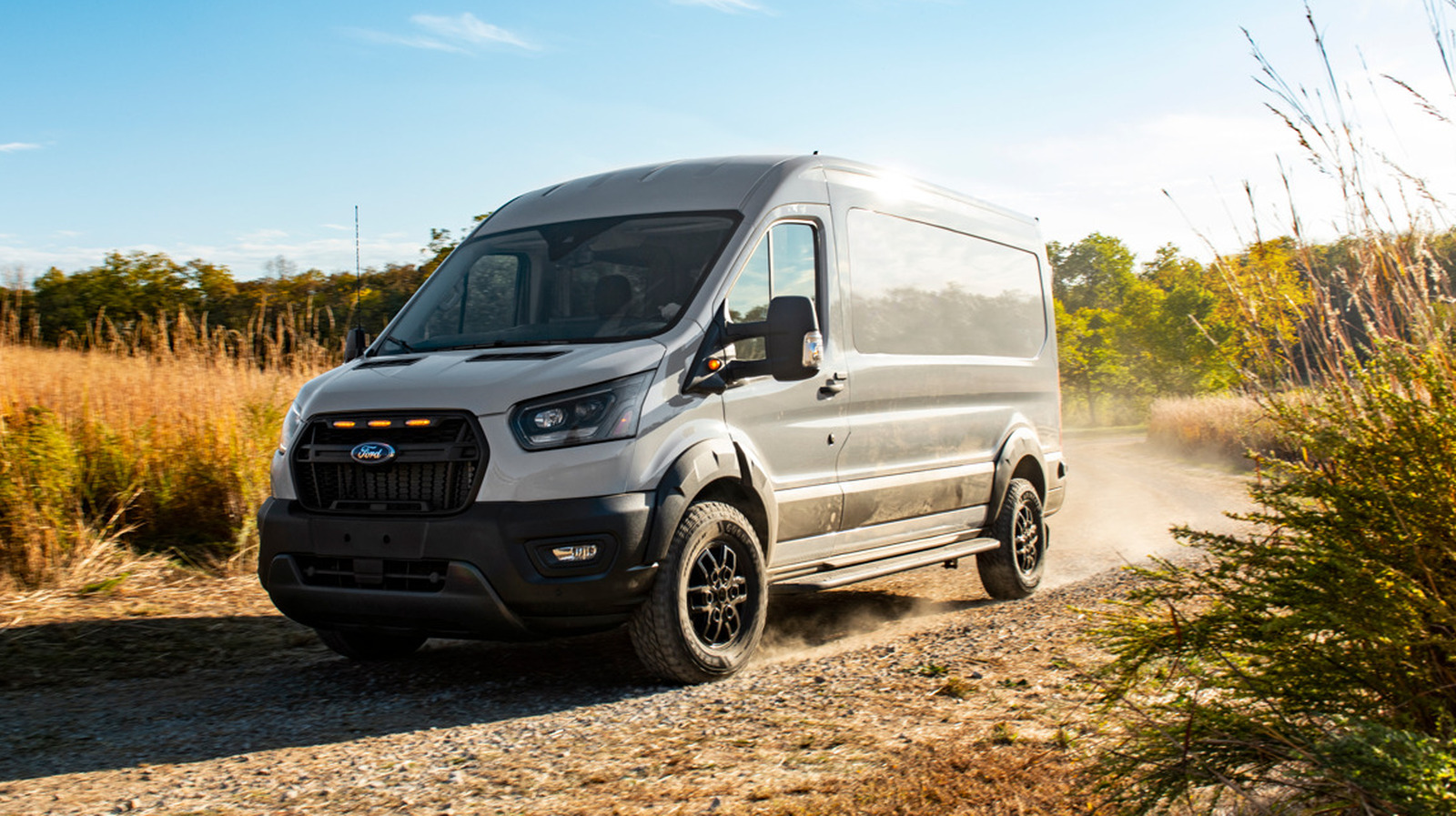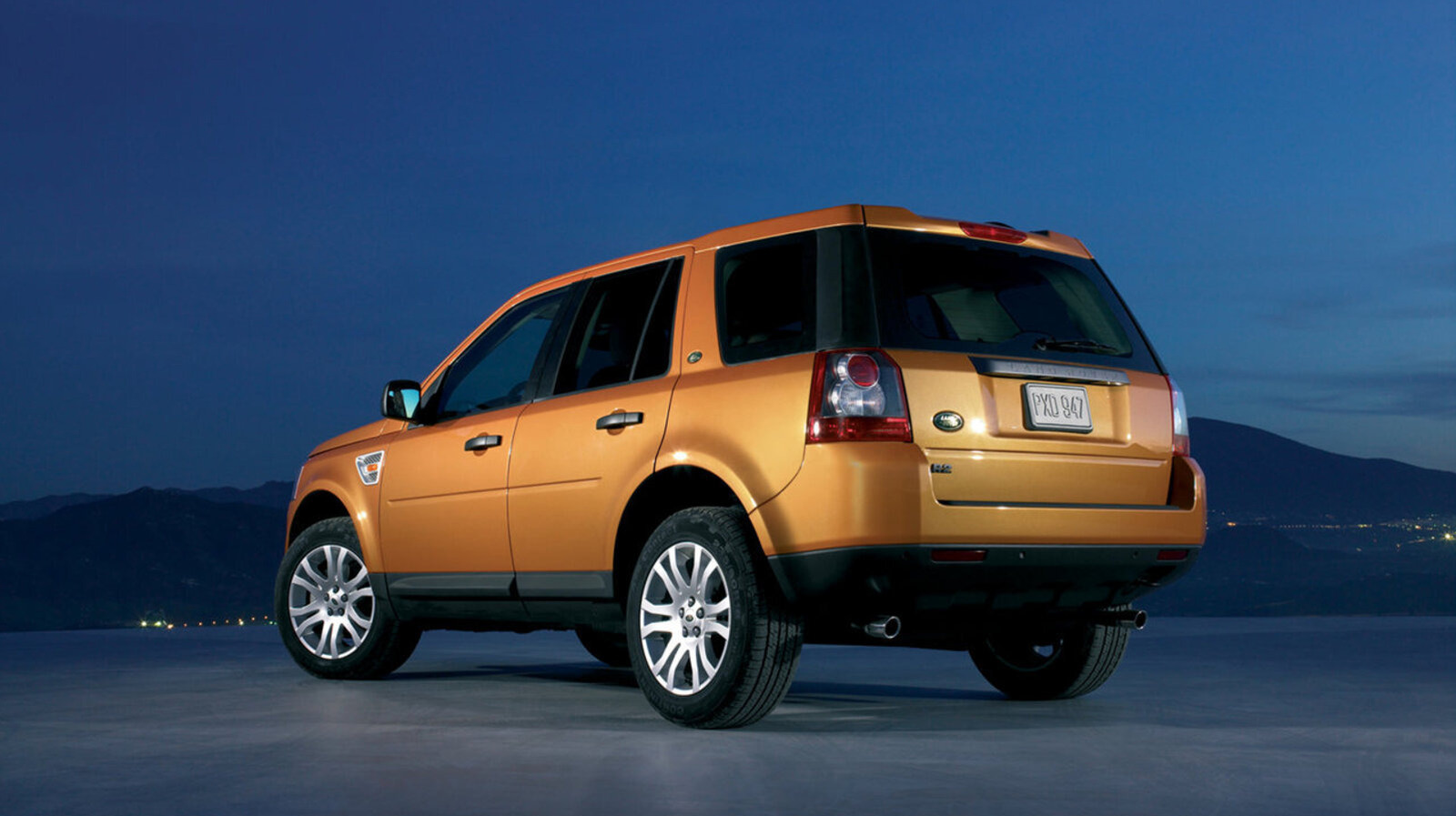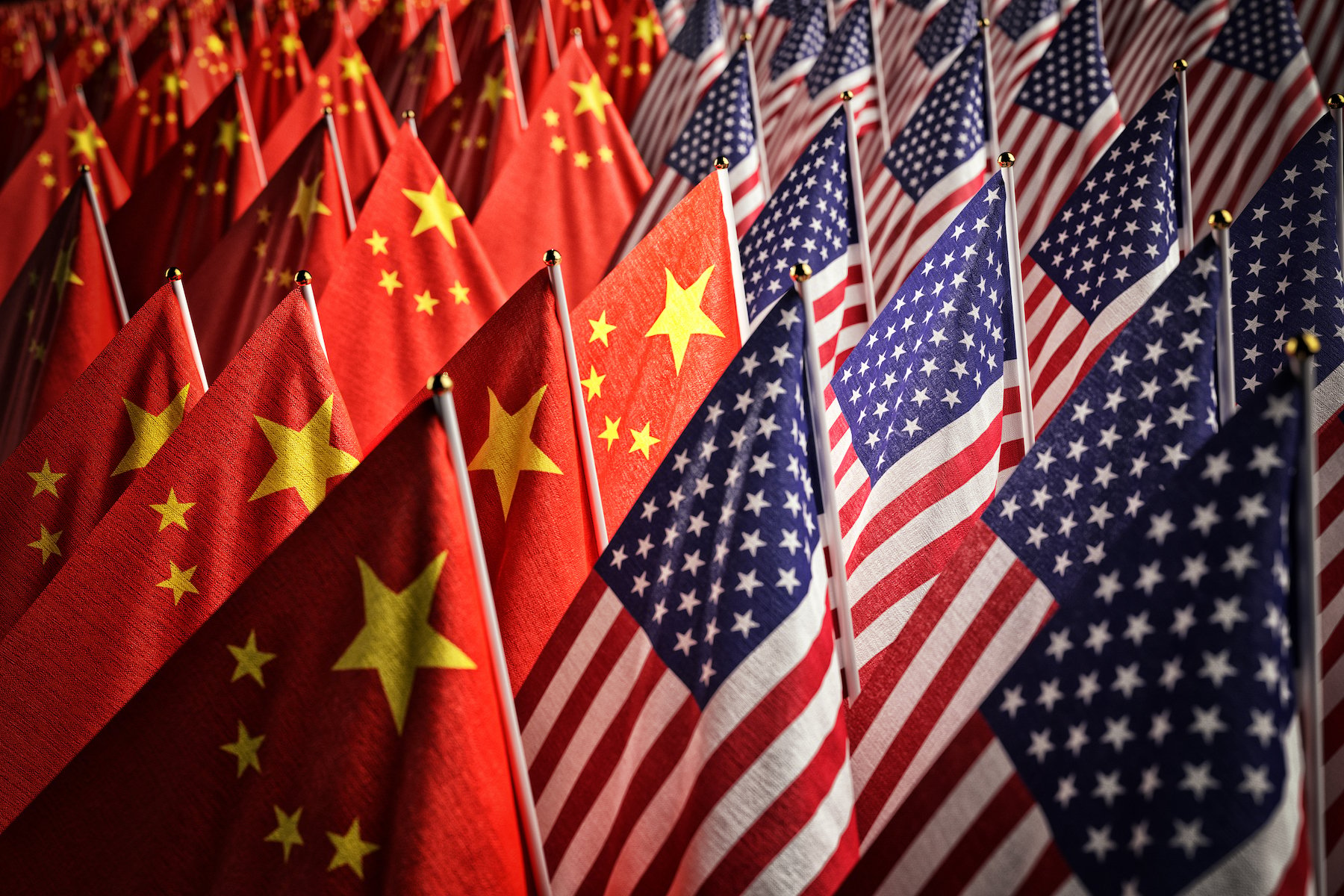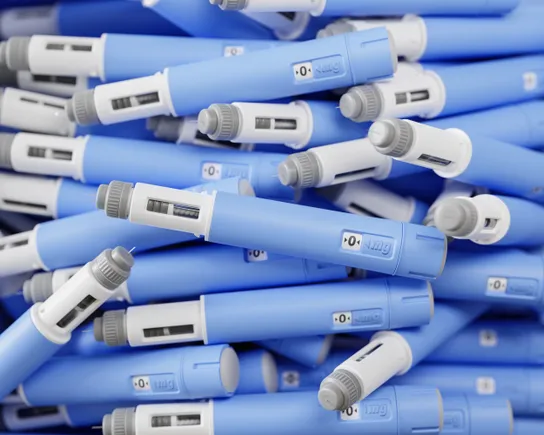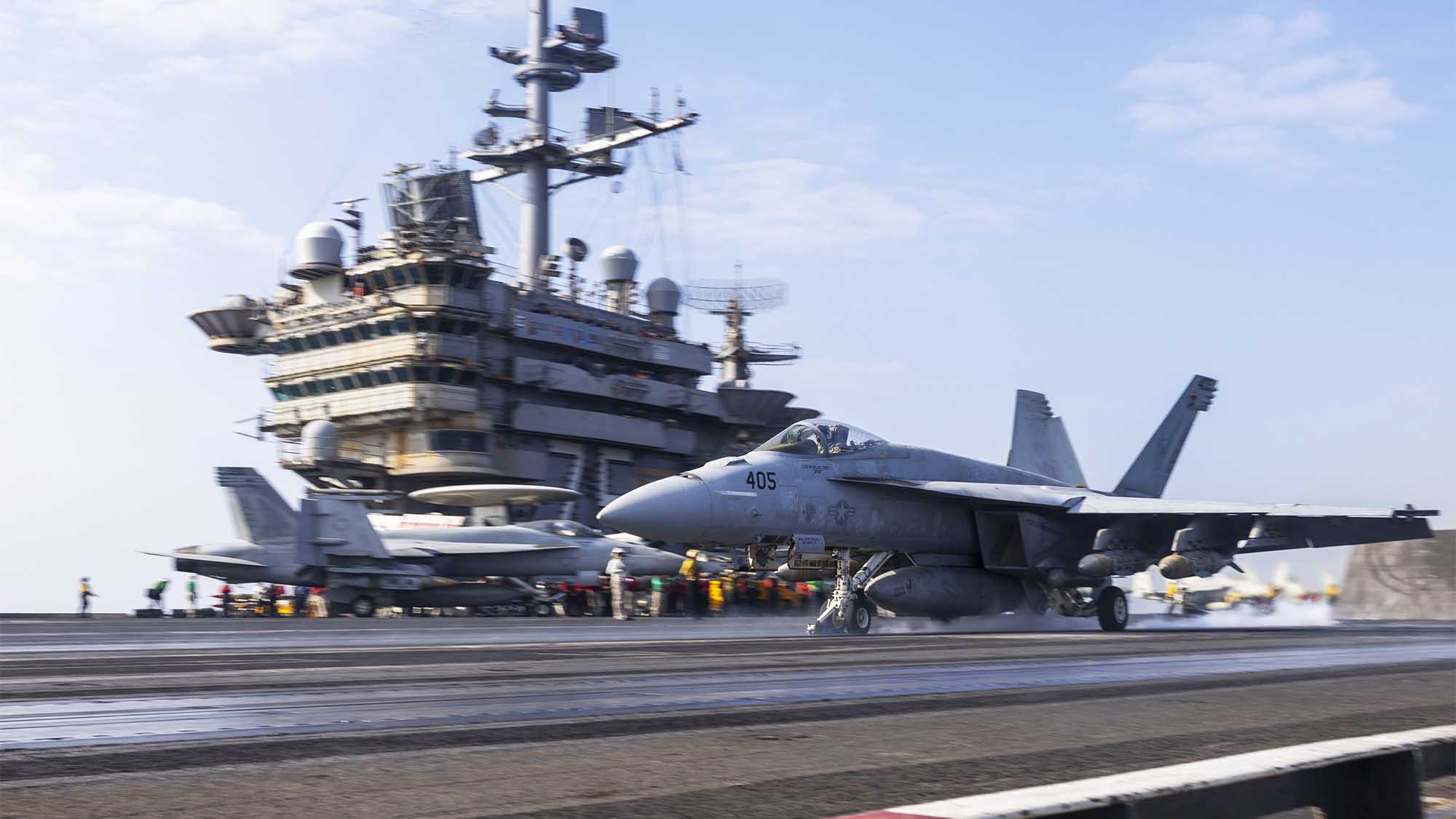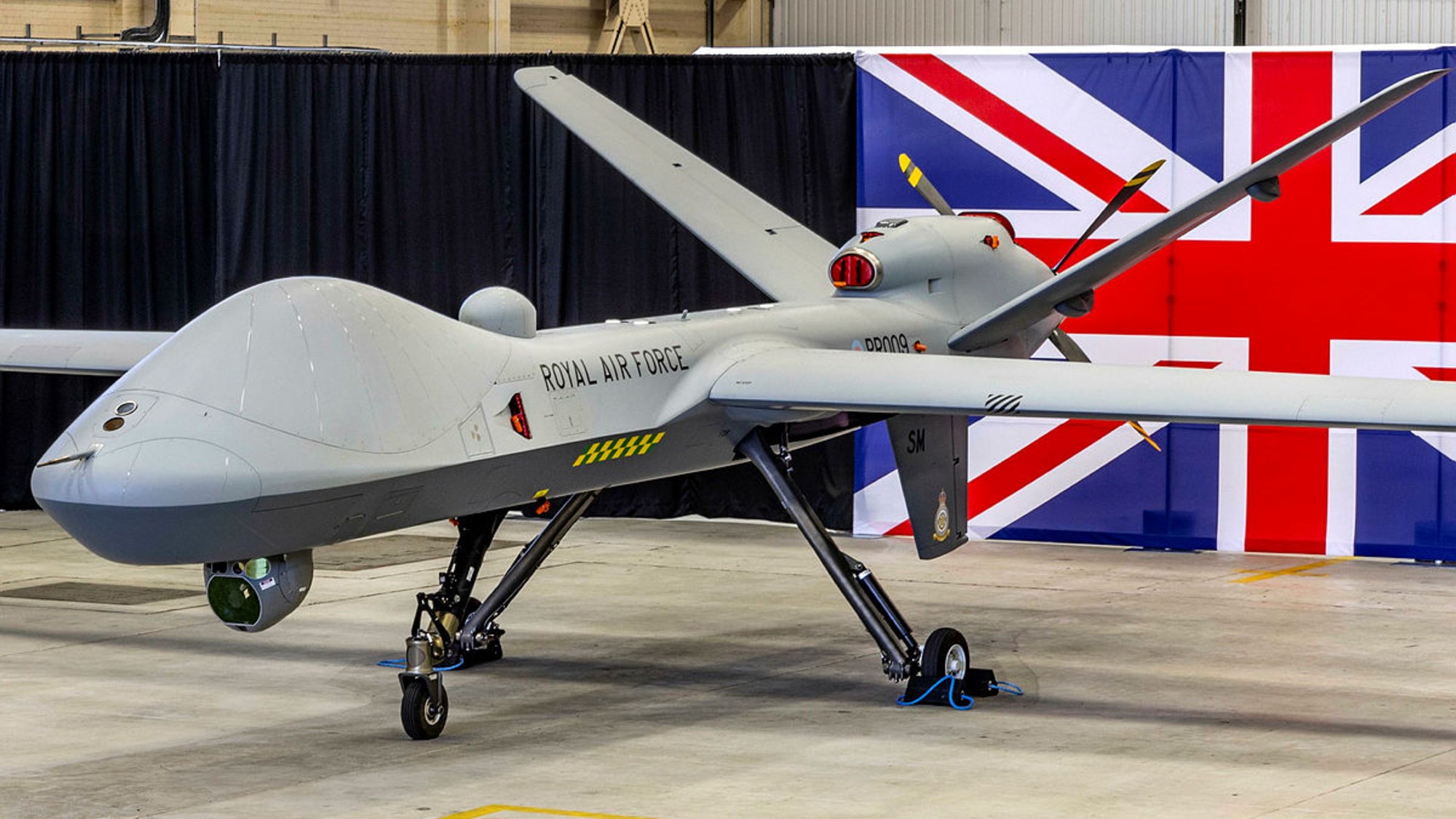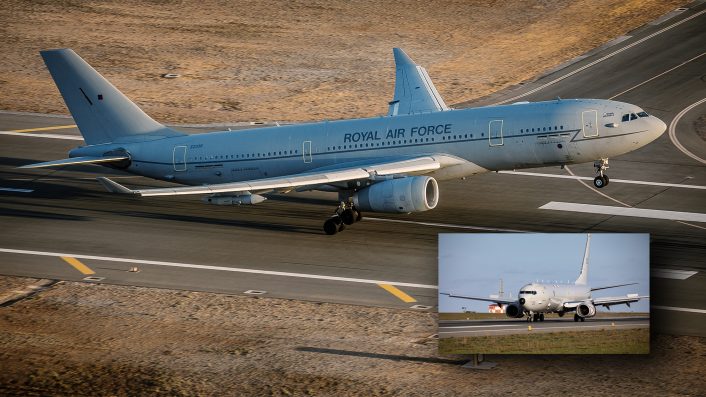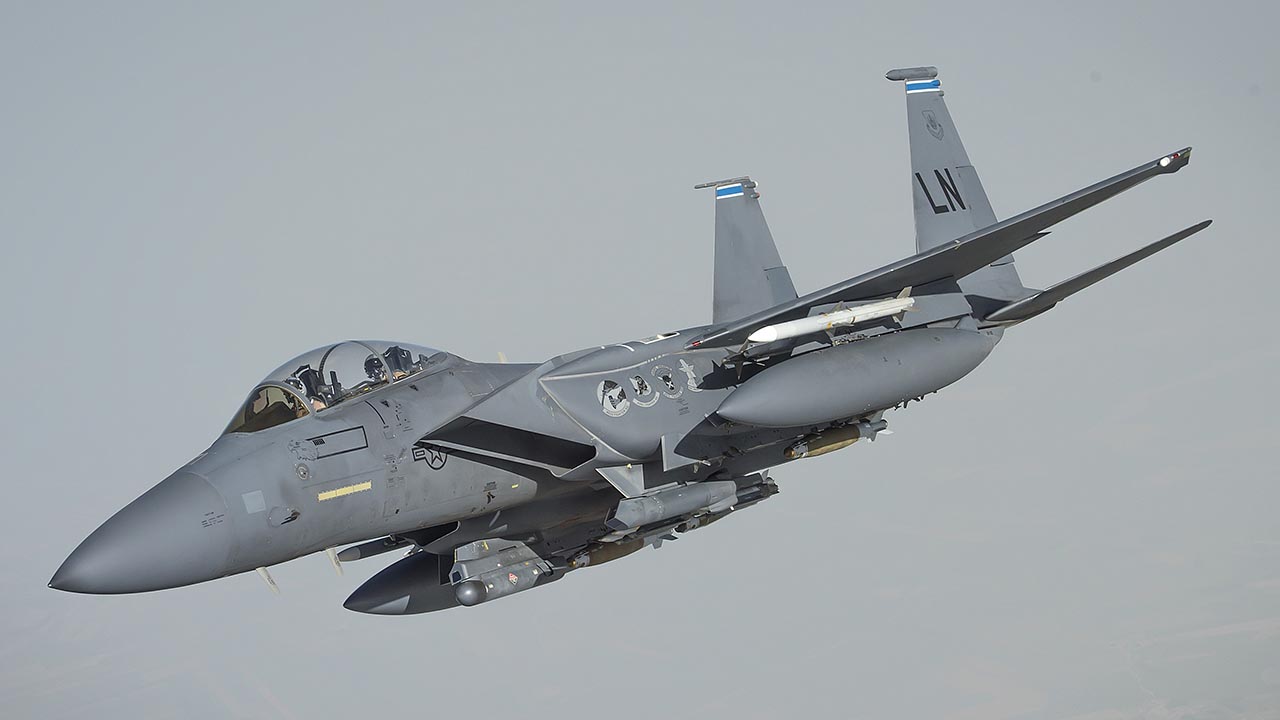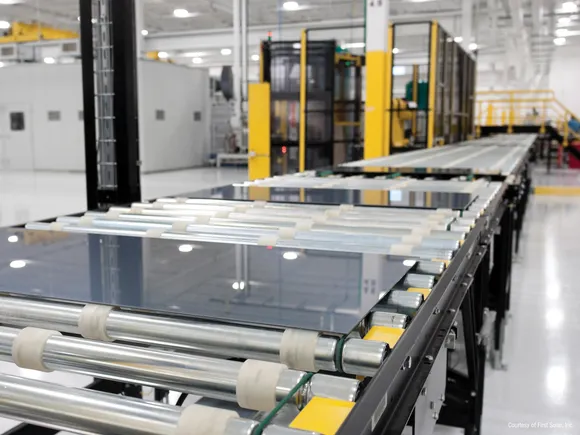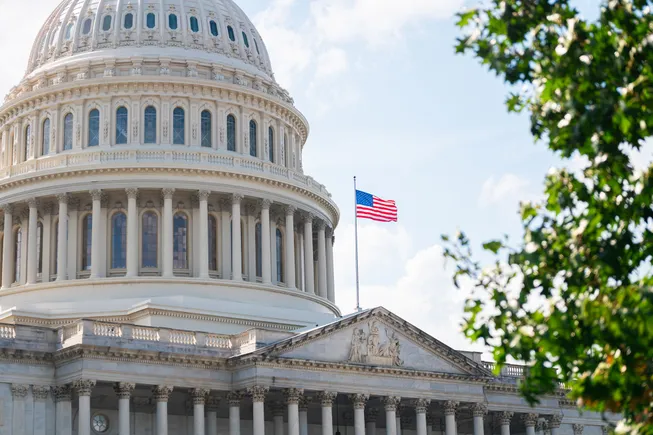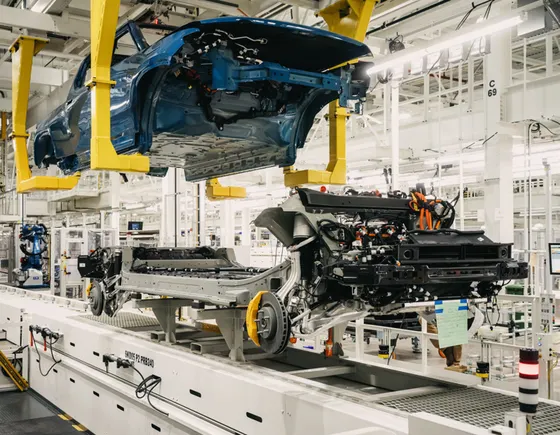CCA sticker shock: Coming soon to a congressional hearing near you?
Travis Sharp from the Center for Strategic and Budgetary Assessments argues that the Air Force is giving an incomplete picture of the total cost of the CCA program — and that might be a problem down the road.


Anduril’s Collaborative Combat Aircraft (CCA) on display at AFA. (Valerie Insinna/Breaking Defense)
When it comes to Collaborative Combat Aircraft (CCA), the Air Force’s program to acquire thousands of lower-cost autonomous unmanned “loyal wingman” drones, there has been widespread focus on the idea of “affordable mass,” with an emphasis on the “affordable.”
Air Force briefings, press stories, policy reports, and wargaming studies continue to discuss CCA costs strictly in terms of procurement price per airframe. This emphasis is an understandable reflection of the Air Force not yet knowing the full costs of CCAs. It’s also a mistake.
A timeless principle of budgeting is that a weapon’s procurement unit cost, the price of buying one copy, represents only a fraction of the total resources needed to field that weapon at scale. Full accounting must also include research and development costs, procurement expenses to buy the entire fleet, and operation and support spending for the personnel, supplies, and equipment required to employ the weapon throughout its service life.
Talking about the airframe and touting the low cost of CCAs might look good for Air Force officials now, but unrealistic expectations about costs are being created, and those could be a big problem later.
The future controversy is easy to foresee: Larger-than-anticipated CCA total costs will produce sticker shock in Congress, putting the entire program at risk of being trimmed or cancelled. Congress will accuse the Air Force of having deliberately lowballed costs until the CCA program appeared too big to fail, the classic “camel’s nose” strategy. If history is any guide, Congress will punish the Air Force and CCA program severely for the perceived manipulation.
This would all be a tragic outcome for a program that is off to a relatively strong start, particularly given its novelty. And being honest about costs now will save a lot of heartache later.
The CCA’s software development, software sustainment, and logistics tail are areas where future costs might be higher than observers expect. These costs could top preliminary estimates not because of mismanagement but rather because they are not yet fully understood. The Air Force can lower some costs by developing new concepts for training and logistics that differ from established practices. Still, creating new operating concepts will not eliminate the need for sizable resource commitments.
Autonomy systems illustrate the point. A large, well-funded development effort is required to support the mission autonomy underpinning the CCA. The Air Force wants this autonomy to flow into other programs, meaning the effort extends beyond the CCA program.
How much will this autonomy effort cost, including for sustainment? How much of that cost should be attributed to the CCA? Clear answers do not yet exist, but asking the questions highlights the problem with conceptualizing CCA costs strictly as procurement price per airframe.
A new CSBA report on the CCA program tries to bring expectations about costs back to reality in the hope of avoiding this dismal future. The report’s findings are not an ironclad prediction of what will transpire, but rather should serve as a starting point for debate.
We administered a confidential survey in January to gauge industry and government experts’ expectations about the lifecycle cost, technological maturity, and service life of large affordable mass systems such as CCAs. Our new report uses the survey data to model six scenarios for CCA total costs, varying both the procurement cost per aircraft and fleetwide support costs.
The results reaffirm that procurement unit cost offers an astonishingly incomplete picture of the total resources required to field a weapon. Even the least expensive CCA included in the analysis ($9 million per aircraft) would have total lifecycle costs through 2045 in the $35 billion to $55 billion range. The most expensive CCA ($37 million per aircraft) would have total costs in the $80 billion to $125 billion range.
If you’re reacting in shock reading that, then it doesn’t take much effort to imagine members of Congress, many of whom may not have been in office when CCA was approved, getting the bill and sounding the alarm.
And that would be a shame, because even with those dollar values, CCA is still pretty affordable, at least in comparison to other service systems. At those prices, the CCA would consume less than 5 percent of total Air Force spending over 10 years, assuming current budget trends continued. The CCA also would have lower lifecycle costs than many, though not all, manned aircraft programs currently in the Air Force’s portfolio.
The CCA is not so inexpensive that its costs can be dismissed as negligible when thinking through the big tradeoffs that must be made to meet resource constraints, and the Air Force currently faces immense budgetary pressures. The CCA program has added significantly to those pressures, and will continue to do so going forward. Nothing good will come from pretending otherwise — and, in fact, not being up front now likely sets the program up for challenging times ahead.
The Air Force, reporters, and analysts need to get back to basics and start communicating clearly that significant spending — above and beyond procurement cost per aircraft — will be required to field and operate CCAs.
The CCA is a promising capability. Let us try to avoid it getting sticker shocked to death.
Travis Sharp is a senior fellow and director of the defense budget studies program at the Center for Strategic and Budgetary Assessments.






























